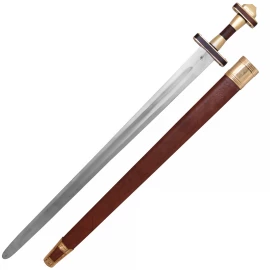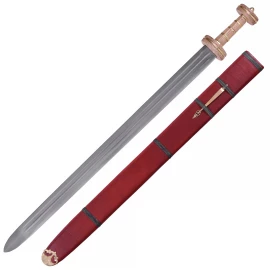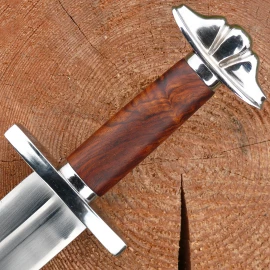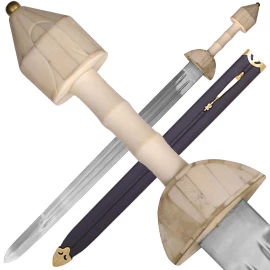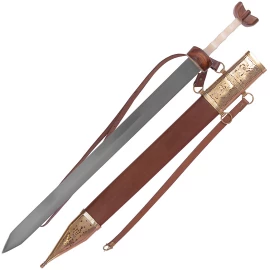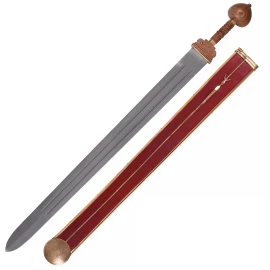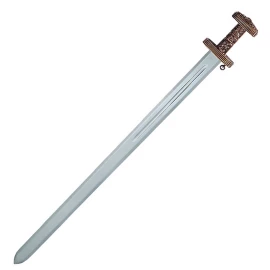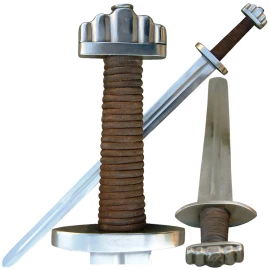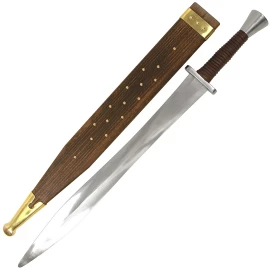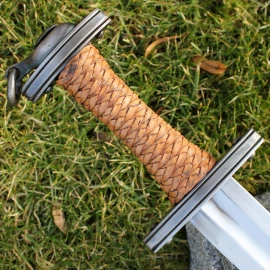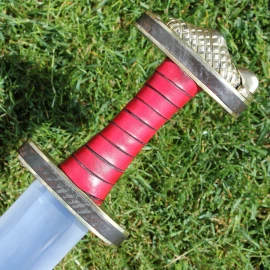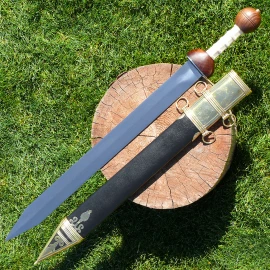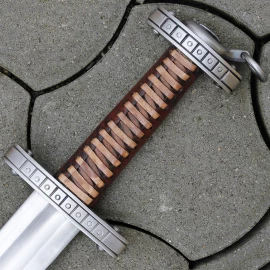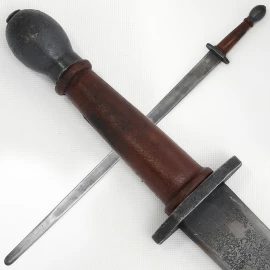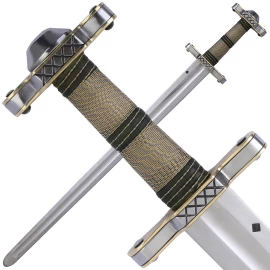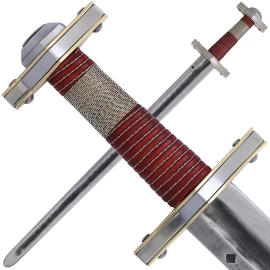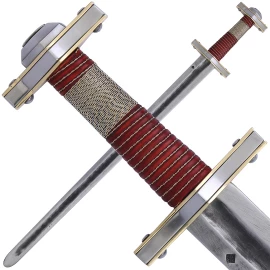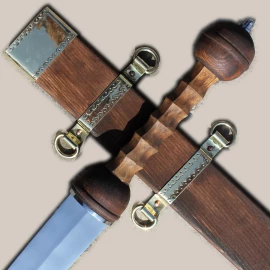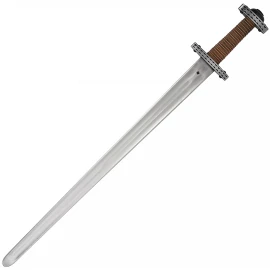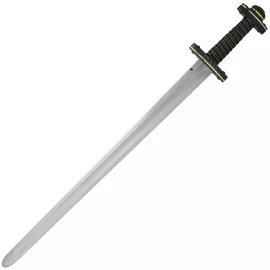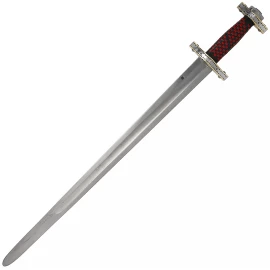Spatha swords
A spatha is a double-edged sword with a straight blade. This sword form existed as of 3 Century BC to the 12th Century AD, also popularly known as "Viking sword" fall into this category. The spatha was originally a rider sword of the Celts, probably of the Noriker (lat. Norici), where it developed from the shorter cutting and stabbing swords (which were also forerunners of the Roman gladius).
Narrow your Results
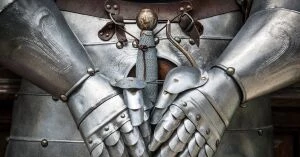
If you want to keep your sword, helmet or plate armour in perfect condition for as long as possible, occasional maintenance is required. Sometimes, touching your armour with your hands is enough to expose your gear to harmful moisture. However,…
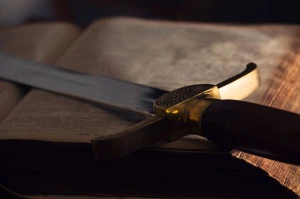
In the first part of our article series dedicated to famous swords, we talked about some of the most famous cold weapons we know from history. What other weapons earned their…
Spatha swords
The Celtic-Roman spatha was 75 cm to 110 cm long and had always an approximately 4 cm wide blade of rhombic cross-section without a fuller. The blades edges were parallel or at very low taper and were often selectively hardened. The grip was always made from organic materials such as wood and bone.
Even before the Christian era, the Germans also had this type of sword carried out by the Celts and started the independent development. The blade edges were also mostly parallel, however had sharpened tips. The grip was initially also made of organic materials from the migration period were also increasingly used metal parts, especially bronze, iron (often inlaid with silver), cast silver and even gold.
From the 10th Century, the spatha was replaced by the so-called broad-sword, which can be described as the classic knight sword.

